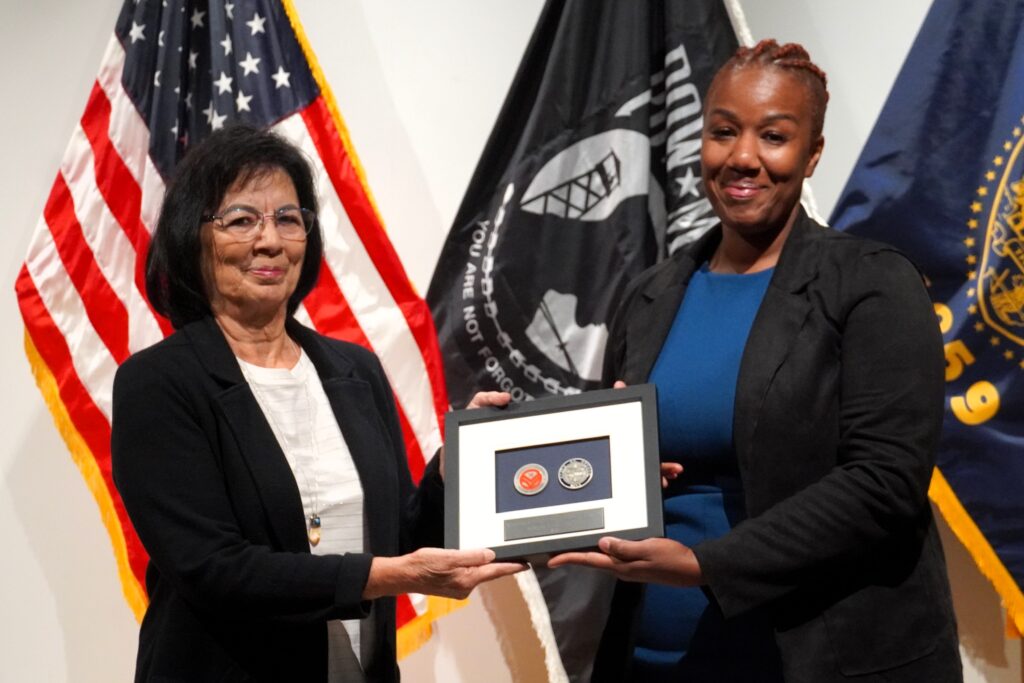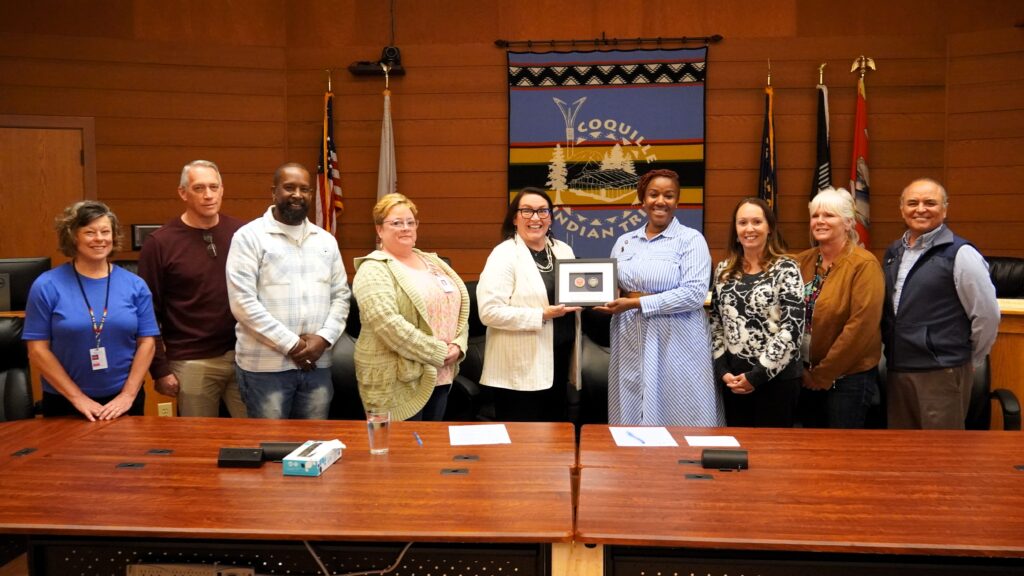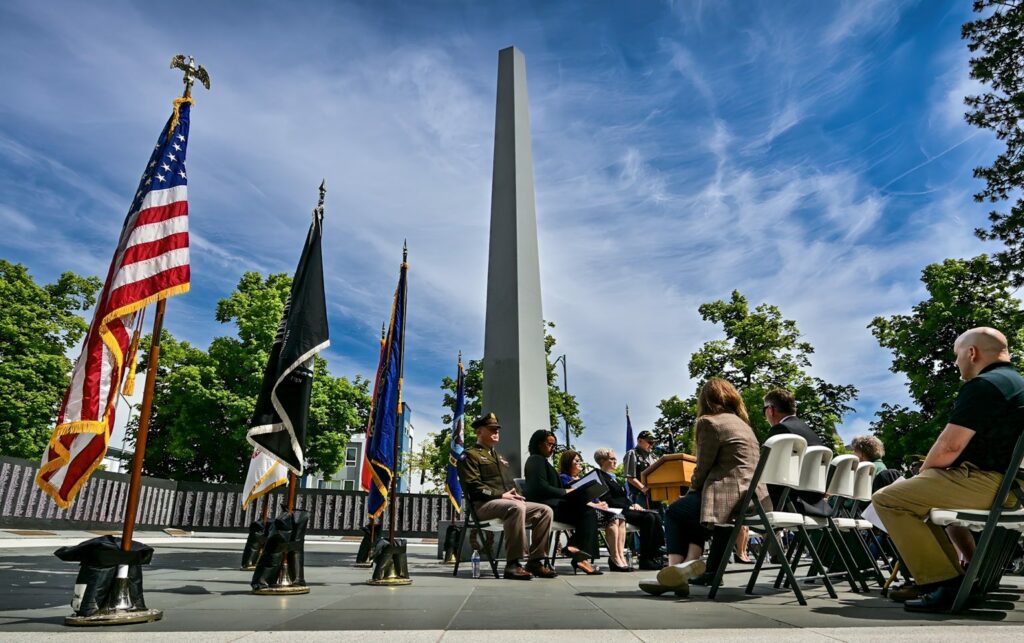![]()
When Americans celebrate Mother’s Day on Sunday, they will be continuing a tradition that most famously dates back to 1908, when Anna Jarvis sent 500 white carnations to Andrews Methodist Episcopal Church in her hometown of Grafton, W.Va.,for what’s widely considered the first Mother’s Day celebration on May 10, 1908. Mother’s Day got federal recognition six years later when Woodrow Wilson issued a presidential proclamation declaring the second Sunday of May, a public expression of our love and reverence for the mothers of our country.”
But the holiday didn’t become the popular celebration it is now until a bit later — a change that came thanks to a perfect storm of factors.
One change was technological and social, as means for promoting and celebrating a day like Mother’s Day became more available. Following the growth in consumer products after the industrial revolution of the late 19th century, the advertising industry took off in the 1910s and 1920s. Retailers mastered the art of using holidays to drive department-store sales. Greeting cards and gift wrap had been invented, and the Florists’ Telegraph Delivery Association formed to make it easier to wire a bouquet of flowers from afar. Ironically, though Jarvis eventually came to resent the commercialization of the holiday she had started to honor the challenges faced by her own mother, she actually worked in advertising too.
Get your history fix in one place: sign up for the weekly TIME History newsletter
This advertising appealed to something that couldn’t be bought, and
Views: 37




